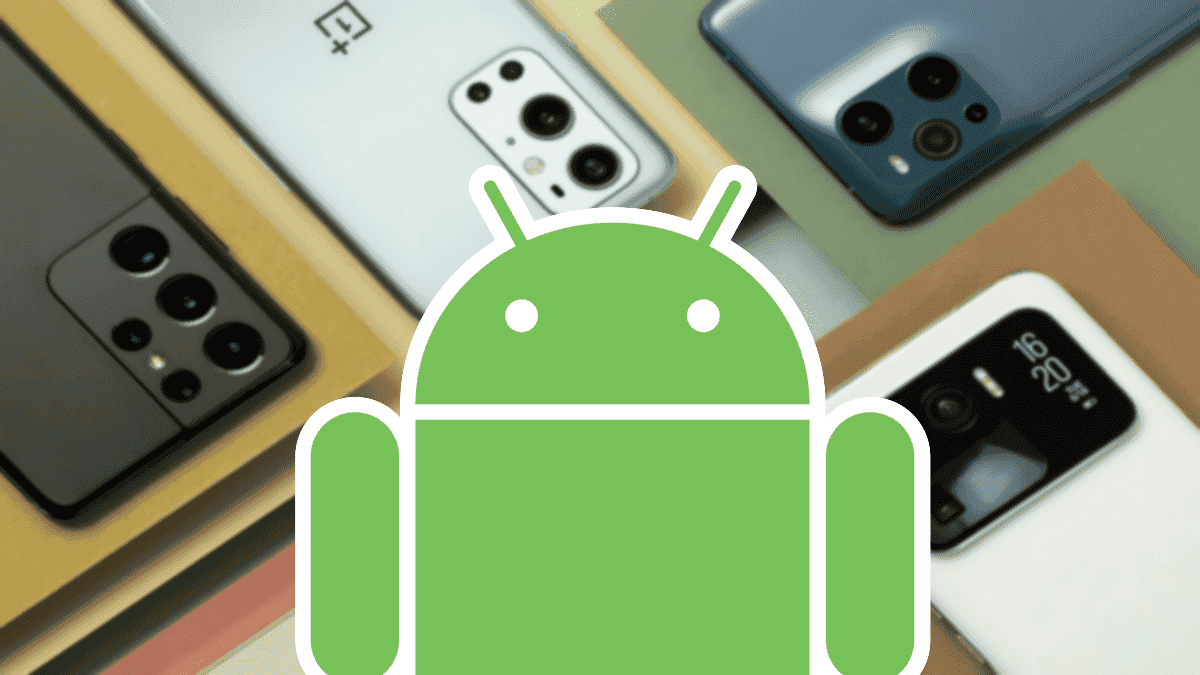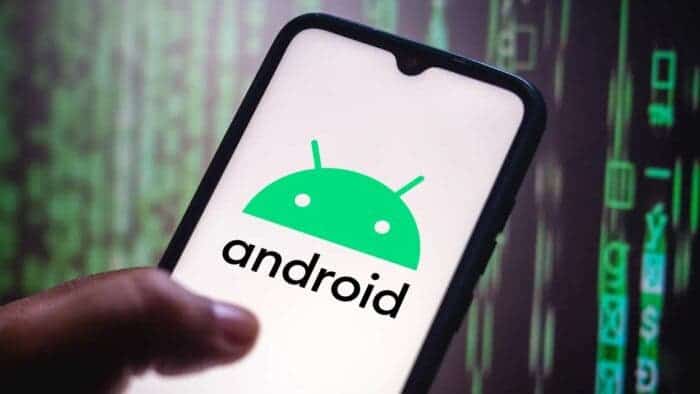Since version 9 Pie, Google has released a new major update to Android every year between August and September. And work on the developer preview of the following version starts about six months later. In reality, the situation is even more complex because there are also Quarterly Platform Releases. Which are theoretically quarterly intermediate releases between major releases. Annually, we see discussions about how Android is constantly improving. But in this article, we will discuss if these annual updates are really necessary anymore.
No need for a new Android every year?

Google updates more frequently than Apple. It also releases its new iPhones in September along with the new iOS every year. The issue is that the comparison of the two operating systems makes sense from a media perspective. It makes no sense practically.
Because Google has a distributed strategy, Android, unlike iOS, requires less and less operating system updates to provide new functions to its users. No matter the user’s smartphone brand or Android version, Google’s goal from project treble is to update as many components as possible via the Play Store / Play Services for as many users as possible at once.
On iOS, things are different, and sometimes updating some apps and features also requires updating the operating system. Think of the dynamic island of the iPhone 14. To see how frequently the new iPhones actually require a new operating system. Apple produces both hardware and software, and the first is made taking into account the particularities of the second.
In short, chasing Apple in this way is absurd because the Cupertino company’s motivations are different from Google’s and Android’s.
Because it is so varied, Android is gorgeous. There are so many different producers (Samsung obviously is selling most of them all). And each one has a unique interface that aims to enhance Android. Or otherwise make it more unique for its users. It’s unfortunate that various OEMs are finding it harder to keep up with the updates. Especially since Google has given the operating system yearly updates.
The third-party manufacturers are struggling behind

There is actually not much time left between one major release of Android and the next. And there is no enough time for third-party producers to step in and add something new to its interfaces. At most, it will do so at the release of the next version of the OS, but adding additional new features (in addition to those brought by Google and which then need to be implemented or not) easily results in delays that the most devoted users will not like.
MIUI, One UI, Color OS, etc. are, in short, less dynamic than they once were. This is due, in part, to the fact that they must keep up with a fast pace. In order to release their version of the new Android every year. Which frequently introduces changes that may have already been present for some time in the user interface.
Don’t get me wrong; updates are important, particularly security updates that add another brick to each smartphone’s defense. Having said that, the necessity of launching an Android 13. Which in the eyes of users is only a 12.1. And forcing various producers to update as quickly as possible, makes no sense.
And the same argument can be for Wear OS as well. Which has a more complicated history than Android but has recently got a renewal.
Given the success of the Apple Watch, it might be worth placing more focus on the new versions. But this does not necessarily imply that they should become yearly. Google should adopt a new more sufficient method for updates.





